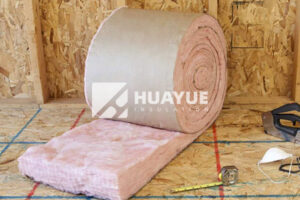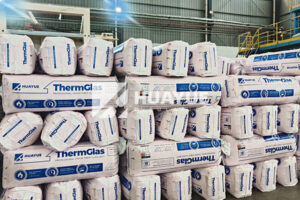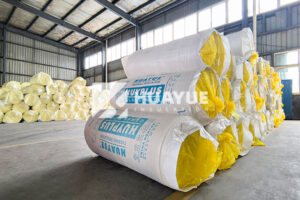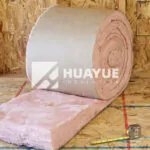Fibreglass Ceiling Insulation: What Do You Really Need to Know?
Many homeowners notice rising energy bills and uneven room temperatures. This frustration is often connected to insufficient or poorly chosen ceiling insulation.
Fibreglass is a widely used material for ceiling insulation. It is available as batts, rolls, boards and pipes, and delivers strong thermal performance combined with reliable fire safety.
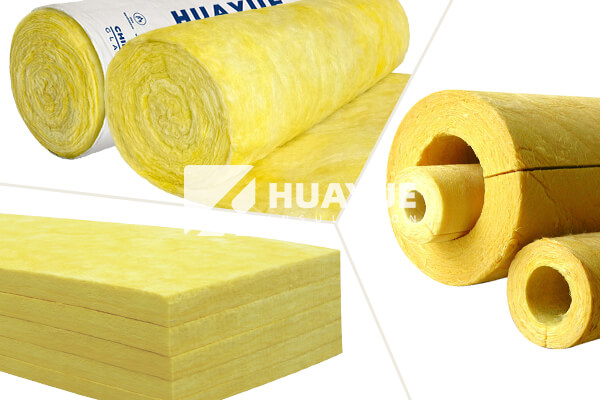
When I walked into HUAYUE’s warehouse, the scope of the glass wool product lineup was clear to me. The flexibility to choose the right format—batts, rolls, boards or pipes—means I never settle for a generic solution. With the substantial range available, fitting insulation to specific ceiling needs becomes easy. Professional installers and homeowners benefit from energy savings while meeting local fire safety codes and custom requirements.
Is there fiberglass in ceiling insulation?
Builders and renovators often worry about the materials lurking above their heads. For families, safe, effective insulation is always the goal.
Fibreglass is one of the most common materials used in ceiling insulation. It features low thermal conductivity, fire resistance, and comes in batts, rolls, or boards for easy installation.
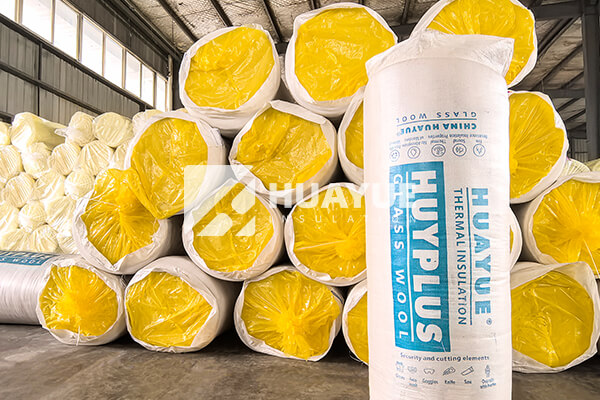
When I specify products for projects, fibreglass stands out for its adaptability. At HUAYUE, we manufacture glass wool insulation in all core ceiling formats—batts for quick installment, rolls to cover larger, unbroken spaces, and boards for precise fits. Each variety follows industry standards, such as ASTM, meaning strong quality assurances. We also adjust packaging and dimensions to suit different ceiling types. Whether the ceiling is flat, sloped or interrupted by beams, our glass wool adapts. For fire safety, I always choose our Class A1 rated lines, as ceilings demand the highest level of protection to keep houses and families secure. Even in demanding commercial settings, non-formaldehyde options tick critical boxes for indoor air quality.
| Product Style | Typical Use | Features | Fire Class |
|---|---|---|---|
| Glass Wool Batts | Home ceilings | Easy to handle, quick to install | A1 |
| Glass Wool Rolls | Industrial roofs | Covers large spaces, flexible | A1 |
| Glass Wool Boards | Suspended ceilings | Precision cut, low dust emission | A1 |
| Glass Wool Pipes | HVAC & piping | Cylindrical, supports pipe runs | A1 |
Fibreglass insulation above your ceiling means you get consistent temperature control and a critical fire safety layer. From small homes to giant warehouses, its flexibility and performance make it the favourite choice across the industry.
What are the disadvantages of fiberglass insulation?
People often worry about potential drawbacks before picking insulation. Concerns about health, durability, and ease of installation come up often.
Fiberglass insulation can cause skin irritation during installation. It requires careful handling and health precautions, although improvements in product formula are reducing these concerns.
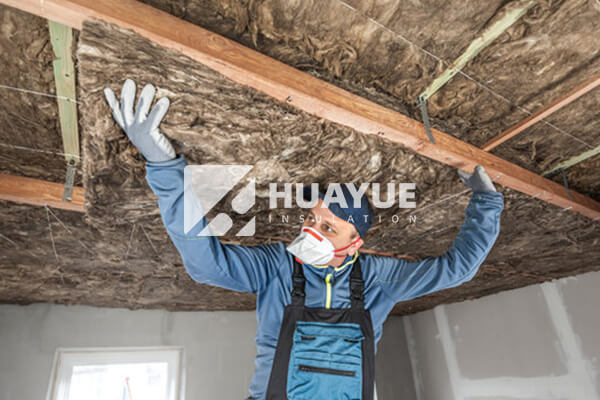
For me, product advancements matter most. Older types of fiberglass released dust and small fibers that made installation unpleasant. Modern glass wool from HUAYUE uses advanced binders and even formaldehyde-free formulas for healthier environments. Most of our products are soft and have good bounce, making handling much easier and more comfortable for installers. Even so, I always recommend wearing gloves and masks, since safety is key. Sometimes people mention sagging or settling over time, but this usually relates to cheaper brands. We control density and recovery features very closely. Properly installed glass wool maintains its shape and thermal performance across decades. Still, moisture is the enemy—avoid water exposure to keep insulation strong and effective. Most customers find that benefits far outweigh early drawbacks, especially when certified products with proper documentation are used.
| Disadvantage | Mitigation Approach | Modern Product Status |
|---|---|---|
| Skin irritation | Use gloves, wear mask | Much improved, softer touch |
| Airborne dust | Improved binders, low dust emission | Nearly eliminated |
| Sagging/settling | High density, good resilience offered | Rare in certified products |
| Moisture absorption | Ensure proper sealing, ventilation | Product is generally resistant |
Is earthwool better than fibreglass?
Choosing insulation often comes down to a battle of brands and materials. Many wonder if earthwool offers a clear advantage over the classic fibreglass wool.
Earthwool is a type of fiberglass produced with a specific binder system for reduced environmental impact. Its performance closely matches high-quality glass wool, with some brands claiming it is softer and safer for installers.
When project managers ask me to compare earthwool and traditional fiberglass, I see little technical difference in real-world performance. Earthwool uses a different bio-based binder, which reduces odor and dust for a more pleasant install. Many installers report a softer feel, comparing it favorably to older stone wool but very similar to our new glass wool lines. Thermal efficiency and fire safety are nearly identical. In China, HUAYUE’s glass wool lines include formaldehyde-free options that match or beat earthwool for health and comfort. The choice sometimes depends on branding or certification preferences. Both types comply with ASTM standards and deliver consistent, cost‐effective thermal protection. I always encourage clients to choose certified, third-party validated products and focus on installation quality rather than marketing claims.
| Comparison Factor | Earthwool | HUAYUE Glass Wool |
|---|---|---|
| Binder Type | Biobased, no formaldehyde | Multiple options, incl. F-free |
| Softness | Very soft | Soft, high resilience |
| Fire Rating | A1 | A1 |
| Application Format | Rolls, batts, boards | Rolls, batts, boards, pipes |
Which type of insulation is best for a ceiling?
Choosing the best ceiling insulation is about matching project needs, climate, budget, and long‐term goals.
Fibreglass wool is the leading solution for ceiling insulation because it balances fire safety, thermal comfort, customizability, and cost efficiency. Advanced glass wool like ours delivers A1 fire ratings, low emissions, and easy installation.
Whenever someone asks for my recommendation, I focus on matching insulation with both safety and excellence. Our glass wool is tested and rated for top level fire protection, a must for any ceiling. The flexibility to work with batts, rolls, boards or pipes allows builders and architects to provide seamless coverage regardless of ceiling design. I have seen many commercial and residential projects benefit from HUAYUE’s dense and soft products, which do not sag or lose effectiveness over time. Custom packaging and sizing options guarantee a good fit for ceilings of all shapes and sizes. For eco‐friendly projects, formaldehyde‐free lines offer safe and sustainable choices. In short, advanced fiberglass wool is the best fit for most ceilings, combining top performance with low overhead.
| Insulation Type | Thermal Performance | Fire Safety Level | Durability | Application Ease |
|---|---|---|---|---|
| Glass Wool (batts/rolls) | High | A1 | Very high | Very easy |
| Stone Wool | High | A1 | High | Easy |
| Earthwool | High | A1 | High | Very easy |
| Foamed Polystyrene | Moderate | B–C | Moderate | Moderate |
Conclusion
Fibreglass wool is the most reliable ceiling insulation. It delivers safety, efficiency and customizable solutions for every building type.
You may also be interested in:
Ready to Get Started?
Get in touch with our experts for personalized solutions tailored to your needs.
Get Free QuoteLatest Articles

Glass Wool Fire Rating: How Safe Is Your Insulation?
Dec 25, 2025
Let's Work Together
Ready to take your business to the next level? Get in touch with our team of experts and let's discuss how we can help you achieve your goals.
Get Free Solutions
